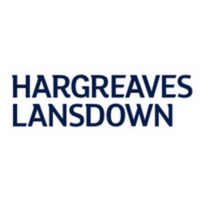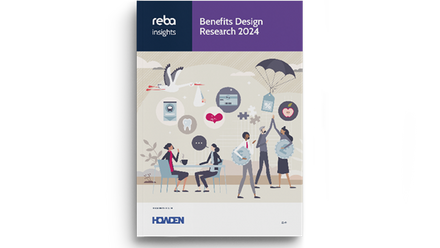How to understand and meet the communication needs of different employee groups

Taking this into account, what can you do today to begin to understand and meet the communication needs of different employee groups?
Know your employees
You probably conduct a yearly survey of your workforce – yes, the one with the same questions you’ve been doing since 1992. Surveys are a useful tool to check in with your employees, but are often not utilised by HR leaders to their maximum effectiveness. This might be due to poor methodology, a lack of engagement from staff or just finding it hard to drill down into the data.
If you do experience some of these difficulties, begin by asking yourself if you could improve the annual survey. Does your survey ask the right questions? And should you do them more frequently throughout the year? This might help to spot trends and better understand your workforce – perhaps 2021 is the year to make keeping in touch with your employees a more continuous process.
For those charged with managing, driving and overseeing internal communications, regular short surveys (sometimes referred to as ‘pulse’ surveys) can be a great way to survey your workforce on different topics. Where the annual survey can be an onerous task for staff (but one that is essential if conducted effectively), timely pulse surveys can give you an insight into what employees really want to hear.
We’ve used pulse surveys throughout the coronavirus crisis to listen to our people and understand their unique situations. The data even allowed us to set up different distribution lists for individuals in similar circumstances.
Segment, segment, segment
Marketeers are well versed in fine-tuning their communications for their audience, but HR leaders have only recently begun exploring the idea of tailoring communications for specific readers. Segmentation refers to dividing your workforce into different groups that share common characteristics. Some HR management tools have the ability to record the data from your surveys and then group your employees based on these results. You can then work together with your internal communications team to distribute tailored messaging to these audiences. Communications will feel more authentic if they speak directly to your employees and address issues that they feel personally affect them.
Segmentation could be conducted by the standard demographic characteristics such as income, gender, geographic location or use more revealing characteristics such as attitudes to work, life aspirations, career goals and behavioural patterns. If the results of your survey(s) indicate that midcareer employees are looking for more skills-based opportunities rather than monetary incentives, you could use this information to send upcoming training opportunities solely to midcareer employees.
Not just a one-trick pony
When we think ‘internal communications’, often the standard Outlook email or an outdated intranet portal come to mind. But although important, email and the intranet aren’t the only communication channels that HR and internal marketing have at their disposal. Group communication takes place in many different forms. You may find from your surveys that some of your workforce are more engaged when their communications are in a different format. This is especially true with millennials; Gallup’s How Millennials Want to Work and Live (2016) report shows that managers who use a combination of face-to-face, phone and electronic communication are the most successful at engaging employees. And this even works from home – Skype and video conferencing tools are just as likely to engage millennials as in person meetings.
Below are a list of commonly used communication tools that you could explore using with your employees as an alternative to emails and the intranet:
- instant messaging tools
- internal podcasts
- workplace social media
- discussion forums
- internal blogs.
Overall, data speaks volumes when looking to understand and meet the communication needs of different groups of employees. If you don’t have the data, you just won’t have the information to be able to personalise content and create conversations with your workforce. And in a time where many of us are adapting to new ways of working, communication is more important now than ever.
This article is provided by Hargreaves Lansdown.
In partnership with Hargreaves Lansdown
Welcome to HL Workplace - savings & investments your employees can understand, engage with, and value.







